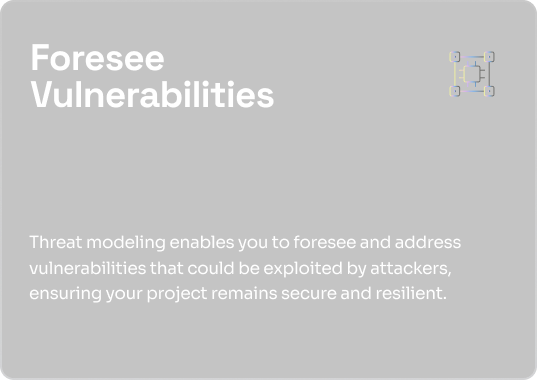🚀 Audit Portfolio Dashboard is Live
Security
Explore Audit
Portfolio

🚀 Audit Portfolio Dashboard is Live




















Frequently asked Questions
Threat modeling in Web3 involves identifying and assessing potential security risks in decentralized applications and protocols, focusing on unique threats like smart contract vulnerabilities, consensus attacks, and more.
Threat modeling should be conducted at the start of a project and revisited whenever significant changes occur to the application’s architecture, codebase, or threat landscape.
Yes, integrating threat modeling into the development lifecycle (often called secure development lifecycle or SDL) helps catch potential issues early, reducing the risk of costly security incidents post-launch.
Our use of advanced methodologies like STRIDE, PASTA, the ABC Framework, and our Lightweight Threat Model, combined with our deep expertise in Web3 security, ensures that we provide a comprehensive and tailored threat modeling service for your project.
Threat modeling helps identify potential security risks that could lead to regulatory breaches, allowing you to implement necessary controls to comply with relevant standards and regulations.
Threat modeling benefits projects handling sensitive information, financial transactions, or involving complex integrations, such as DeFi platforms, NFT marketplaces, and new blockchain protocols.
While threat modeling significantly reduces the risk of security incidents by identifying and mitigating potential threats, it’s one part of a broader security strategy that should include regular audits, testing, and updates.










